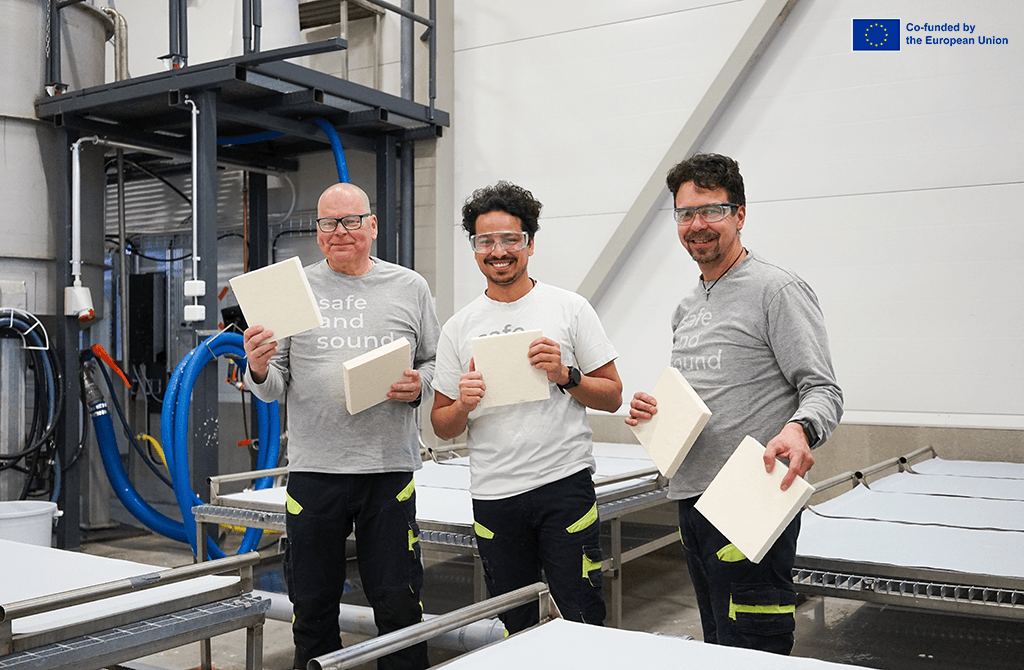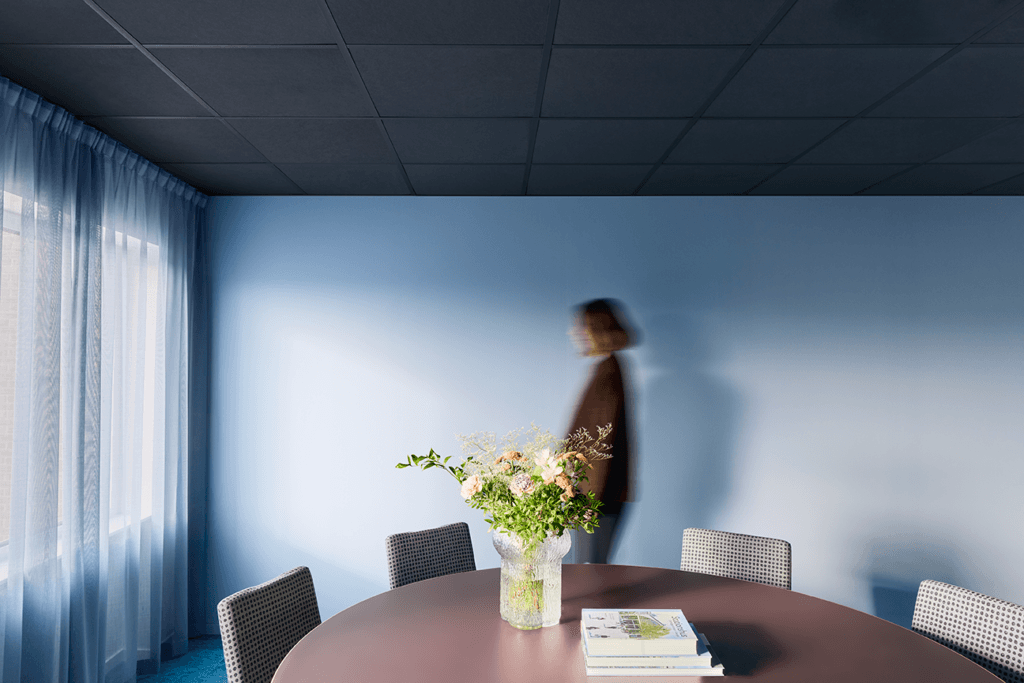
New guidelines for carbon footprint assessment in spatial planning
In the dynamic realm of sustainable construction, the importance of assessing a building’s carbon footprint during its life cycle cannot be overstated.
However, as we delve into the intricacies of spatial planning, particularly in the context of interior renovations, it becomes evident that there is room for improvement in recognizing and mitigating emissions.
This blog post sheds light on common instructions and emerging guidelines formulated by the Green Building Council Finland and its member companies to evaluate the carbon footprint of spatial planning. Unveiling often overlooked emission sources is crucial.
Overlooked Emission Sources
Emissions throughout a building’s life cycle predominantly stem from energy use and construction activities. While energy efficiency and low-carbon construction methods are under meticulous scrutiny, the impact of interior renovations has often been underestimated.
International studies highlight the cumulative effect of repeated spatial changes, indicating a significant source of emissions that warrants attention.
“You Get What You Measure”
Compounding the challenge is the absence of Finnish statistics and a standardized approach to assessing the climate effects of spatial changes. This gap prompts the Green Building Council Finland to take proactive measures in formulating comprehensive guidelines for evaluating the carbon footprint of diverse space change projects.
Helsinki-based planning office Kohina exemplifies a holistic planning approach that integrates people’s space needs, operating habits, and the use of carbon footprint and cost calculation tools. This meticulous process ensures that concrete goals are set at each stage of the design process.
Susanna Kallio, CEO of Kohina, emphasizes the current industry opportunity to collectively promote responsibility and sustainable development.
Justifying Design Choices through Measurable Benefits
Integrating carbon footprint calculations into design processes helps justify design choices. Kohina’s use of Haahtela’s Realaizer service demonstrates the practical application of these solutions.
The importance of design choices is clear when comparing the changes required for different objects and their impact on the carbon footprint. Additionally, identifying low-carbon material options helps minimize unnecessary environmental impacts.
Raising the ceiling for low-carbon construction
The combination of carbon footprint and cost comparison presents an opportunity to elevate responsible products. The combination of carbon footprint and cost comparison presents an opportunity to elevate responsible products. Aisti from Jyväskylä stands as an example, addressing a major emission source – the renovation of suspended acoustic ceilings.
Aisti® Teno acoustic tile is easily recyclable and free of harmful chemicals, making recycling the tiles convenient for construction contractors.
A Need for Common Guidelines
The real estate and construction sector’s shift towards low-carbon products necessitates reliable assessments of climate effects. Common climate impact assessment methods are advocated to enhance comparability and effectiveness and counteract greenwashing practices.
The Green Building Council Finland and its members advocate for a collective commitment to responsible spatial planning. By embracing comprehensive guidelines, measuring goals, and incorporating low-carbon alternatives, the industry has the potential to foster sustainability and address the significant carbon footprint associated with spatial changes.
This collaborative effort serves as a beacon for a future where responsible construction practices are the norm, contributing to a greener and more sustainable built environment.
Read the original piece in Finnish here .
This blog was written by four experts in the sustainable built environment:
- Elina Samila, Green Building Council Finland
- Mikko Paananen, Aisti
- Markus Mikkola, Haahtela Realaizer
- Susanna Kallio, Kohina
Together, they provide valuable insights into various aspects of sustainable practices in the built environment.


